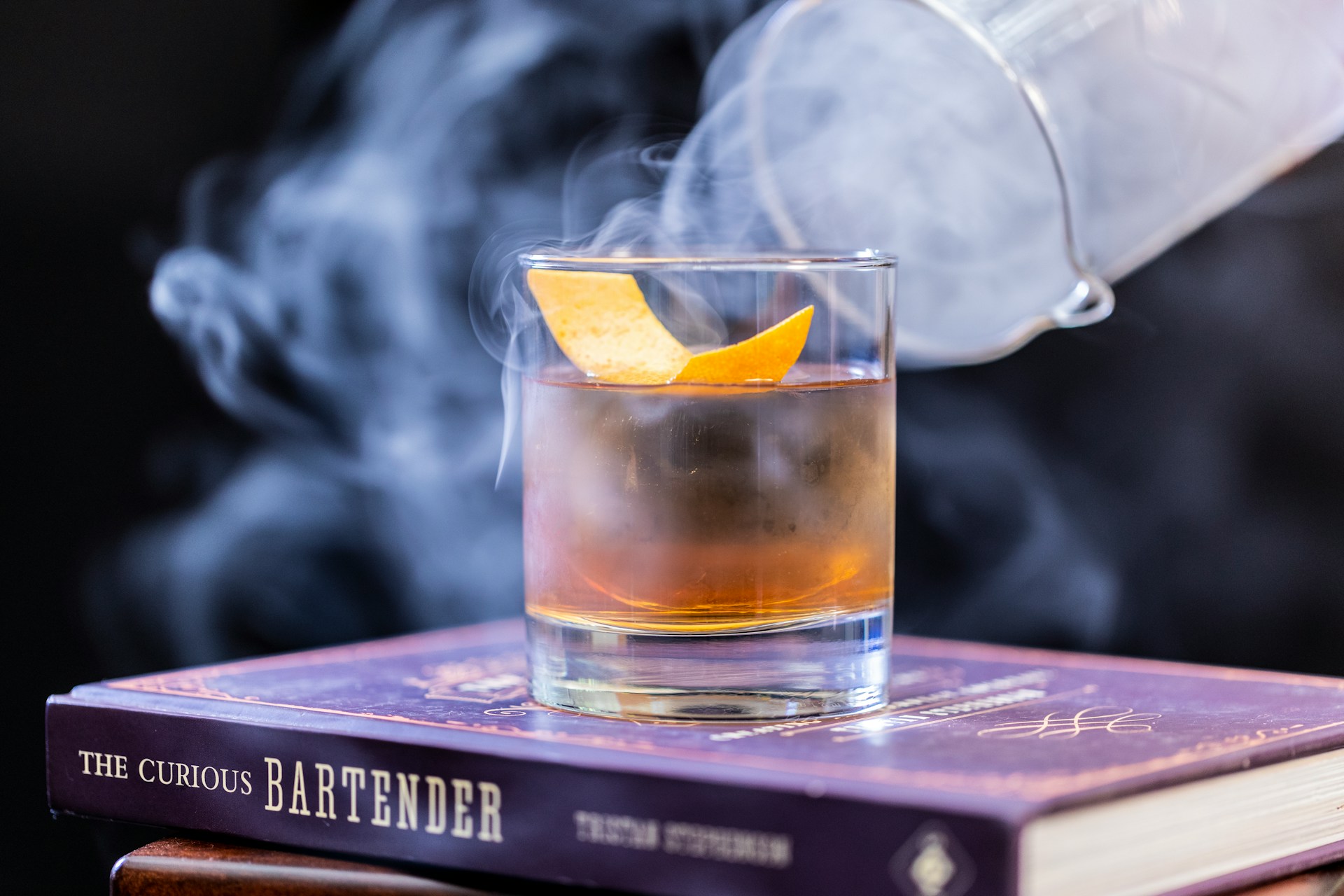
Scotch whisky suffers from a lot of assumptions. If you aren’t an avid Scotch drinker, you might assume that all Scotch whisky is overly expensive and thus not used for mixing into cocktails. You might also assume that the only way to enjoy Scotch whisky is to sip it slowly out of a Glencairn glass.
While myriad expensive single malt Scotch whisky expressions will cost you more than your car payment (and beyond), and there are countless single malts and blended Scotch whiskies that deserve to be sipped neat, there are also a lot of scotch whiskies well-suited for mixing. There are also a handful of great, flavorful cocktails that were created to highlight these complex Scotch whiskies.

Why Scotch is great for mixing
While there are different flavors, depending on the type of Scotch (single malt, single grain, blended, etc. ) and the region (Highland, Lowland, Speyside, Campbeltown, and Islay), there are a few flavors that are generally associated with Scotch whisky as a whole.
They include vanilla, caramel, candied orange peel, oak, and chocolate. You might also find flavors like heather, honey, treacle, and even (in the case of most of the whiskies from Islay) robust peat smoke. This long list of aromas and flavors makes Scotch whisky such a versatile spirit for mixing.

Our 5 favorite Scotch drinks, ranked
When it comes to whisk(e)y (only the US and Ireland use the ‘e’ in whiskey) cocktails, there’s a decent chance you think of classic bourbon and rye cocktails like the Old Fashioned, Manhattan, or Whiskey Sour first.
You would be missing out if you didn’t also begin to think about Scotch-based cocktails like the Godfather and contemporary Penicillin. Keep scrolling to learn about these two and three more.

5.) Blood and Sand
Named after the 1922 film ‘Blood and Sand’ starring Rudolph Valentino, Blood and Sand first appeared in 1930 in the ‘Savoy Cocktail Book.’ Not only is it named for a movie, but it also gets its name because of its appearance thanks to the use of blended Scotch whisky, blood orange juice, Cherry Heering, and sweet vermouth. It’s well-known for its boozy, sweet, citrus-forward flavor profile.

4.) Godfather
Believed to be Marlon Brando’s favorite cocktail, you’ll probably not be surprised to know that the Godfather cocktail first appeared in the 1970s and was named after the iconic mafia film of the same name. Not only does this cocktail have a cool name, but it’s also one of the easiest and booziest cocktails you’ll ever make. That’s because, to make it, all you need is equal parts Scotch whisky and Amaretto. Both spirits are simply added to an ice-filled rocks glass and stirred. It’s sweet and effortlessly warming on a cool night.

3.) Rusty Nail
Similar to The Godfather, the Rusty Nail is another one-to-one cocktail. Instead of Amaretto, this drink paired Scotch whisky with Drambuie, a liqueur made with Scotch, honey, heather, herbs, and spices. Named for its color, this drink’s invention is up for debate. Many believe that it was invented in 1937 for the British Industries Fair trade show, but it didn’t become popular until a bartender at New York’s 21 Club started mixing up the drink at some point in the 1960s.

2.) Penicillin
The Penicillin is not only a great contemporary Scotch cocktail, it’s one of the best modern cocktails overall. Created by bartender Sam Ross in 2005 at New York’s famed Milk & Honey, it’s made with blended Scotch whisky, fresh lemon juice, honey ginger syrup, and smoky Islay single malt Scotch. This complex cocktail is a mix of citrus, spicy ginger, and smoky peaty whisky.

1.) Scotch and Soda
There are few Scotch whisky cocktails more timeless than the iconic Scotch and Soda. Like many cocktails, its history is muddled. But it’s believed to have been around since at least the late 1800s. This highball cocktail couldn’t be easier to make. You start with a highball glass (or a pint glass), fill it with ice, add your favorite Scotch whisky (single malt or blended), and top it with soda water and a twist of lemon. What’s not to love?

Picking the right Scotch for mixing
While a drink like the Penicillin calls for smoky, peaty Islay Scotch, the Scotch whisky you choose for the other cocktails is up to you and your palate. The best idea would be to find a reasonably-priced single malt Scotch whisky that you won’t feel bad about mixing or a well-made blended Scotch whisky. Find your go-to Scotch whiskies and mix these drinks up for your friends and family.



